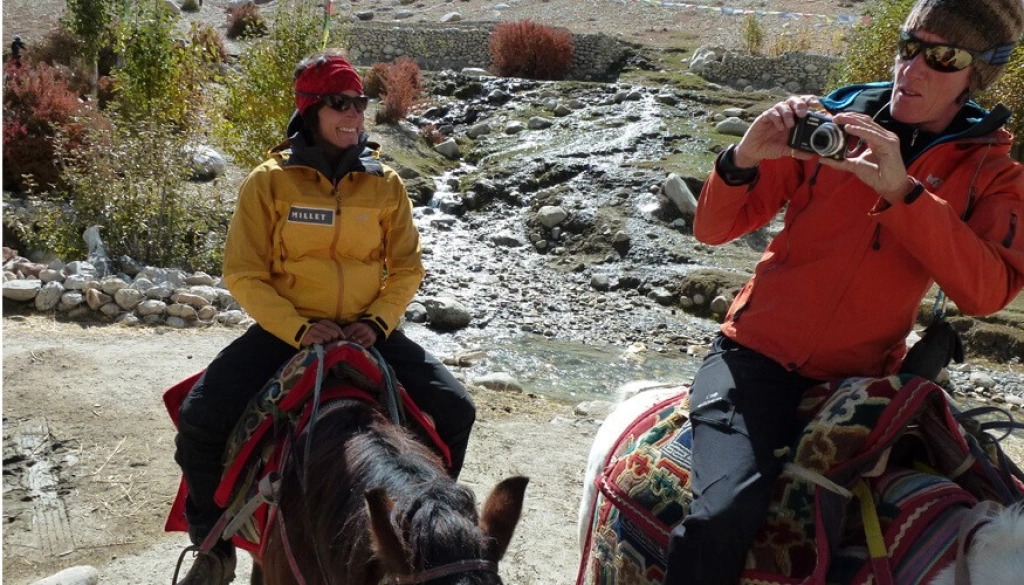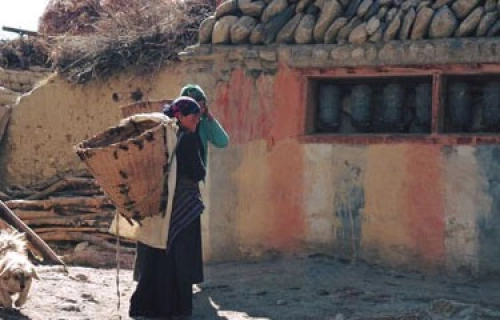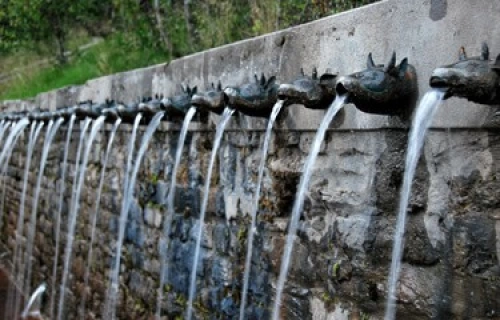About Mustang Tiji Festival Trekking
Mustang Tiji Festival Trekking is an exceptional trip a remote part of Nepal high in the Himalayan desert, where a Tibetan King and his subjects are celebrating the victory of good triumphing over evil.The people of Mustang believe that similar to the ancient Tibetan-Buddhist myth, the Tiji festival brings hope and peace and wards off evil forces and suffering. The Tiji festival coincides with the end of the dry winter season and the beginning of the wetter monsoon season, the harvesting season for Mustang.
Tiji is a three-day festival known as "the chasing of the Demons". Tiji is based on the myth of a deity named Dorje Jono who fought against his demonic father who was cursing Lo Manthang with famine (Mustang is a very dry place). Dorje Jono eventually triumphed over the demon and banished him from the land, saving the Kingdom of Mustang from destruction. Throughout the Tiji festival the story of the myth is re-enacted. Tiji comes from the word ten che meaning ‘the hope of Buddha Dharma prevailing in the world'.
In Lo Manthang, ancient lifestyle, traditions and art and culture are still intact.The people of Lo have many religious festivals, but the yearly Tiji is the most important festival of the year and they have been celebrating since the 15th century. In the days prior to the Tiji Festival, the trails from the surrounding villages to Lo Manthang are packed with local people arriving in mule caravans arriving to celebrate their annual festival.
During the three-day Tiji festival, a chosen monk representing Dorge Shunu performs masked dances to the beating of drums while chanting fills the air. Through the power of Tiji festival dances, he is able to defeat the demons and thereby bring peace and prosperity to the kingdom. The present king of Mustang, now 25th in the lineage, Jigme Dadul Palbar Bista, also attends the festival dressed in traditional attire.
Upper Mustang covers about 2600 sq km of rugged dry land in the rain shadow north of the Himalayan range (Annapurna and Dhaulagiri) and is a home to a mere 6000 people. The kingdom of Lo Manthang remains semi-independent and still has a king. It is one of the last strongholds of authentic Tibetan culture in the world.The medieval capital of Lo Manthang is a walled city of palaces of local nobilities and magnificent monasteries. The remains of massive, rambling forts are reminders of the time when Lo Manthang was a rich walled kingdom; during the salt trade of the15th and 16th centuries Lo Munthang flourished as an important link between Tibet and India.
The trek enters Upper Mustang at Kagbeni, a quaint medieval town nestled among apple orchards and encircled by snowy mountains. Every village in Mustang has a monastery. Buddhist monasteries and nunneries are built into the forbidding cliffs and mountain ledges of this starkly beautiful arid Tibetan plateau.


